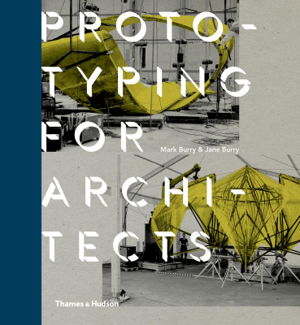
PublishedThames & Hudson, March 2016 |
ISBN9780500343050 |
FormatHardcover, 272 pages |
Dimensions23.5cm × 21.7cm |
Prototyping is an essential part of the designer's repertoire. Designers prototype their projects to test them, structurally, aesthetically, technically. Whether the prototype works or not is not the point: prototyping is the revelatory process through which the designer gains insight.
There are three reasons why contemporary prototyping techniques are transforming the way architects design and build: 1) at a miniature scale, prototyping aids the architect in the presentation to clients of complex spatial ideas; 2) prototyping empowers the architect-designer to test and prove a building's feasibility, leading to more open-minded construction solutions; 3) whether additive (3D printing) or subtractive (robotic milling), prototyping can lead to unexpected and exciting new possibilities within design as a whole, across design disciplines, thus blurring the boundaries between them in highly creative ways. The book has four sections: an introduction that charts the rise of prototyping in design history, more specifically in architecture; an overview of techniques; a survey section featuring 30 projects, each presented through texts drawn from first-hand interviews, on-site photographs and drawings; and a reference section, which includes a glossary of technical terms.

